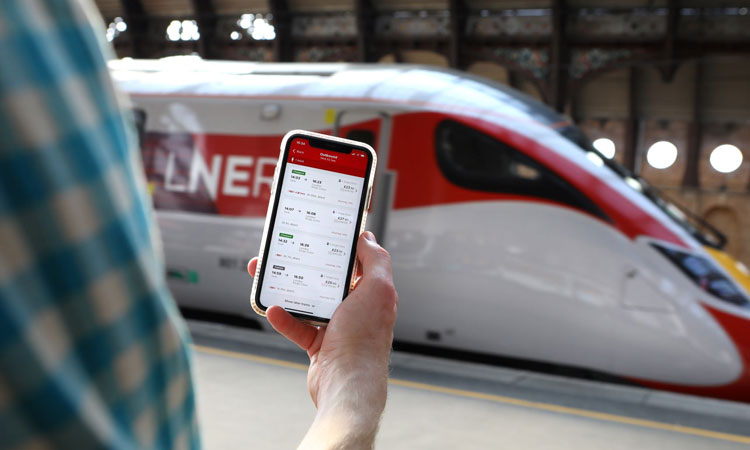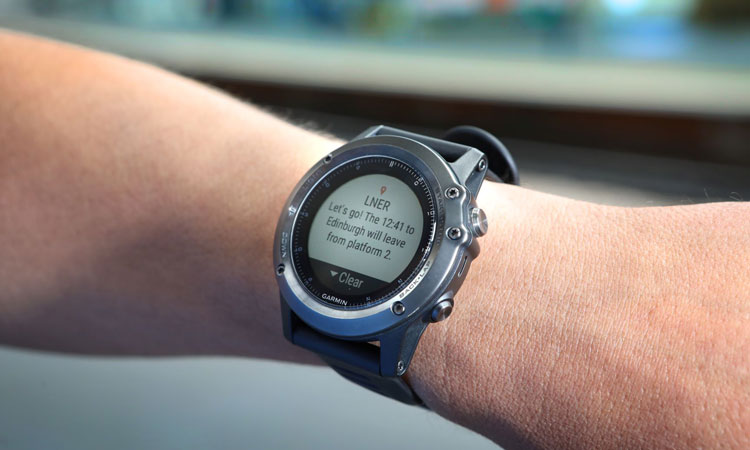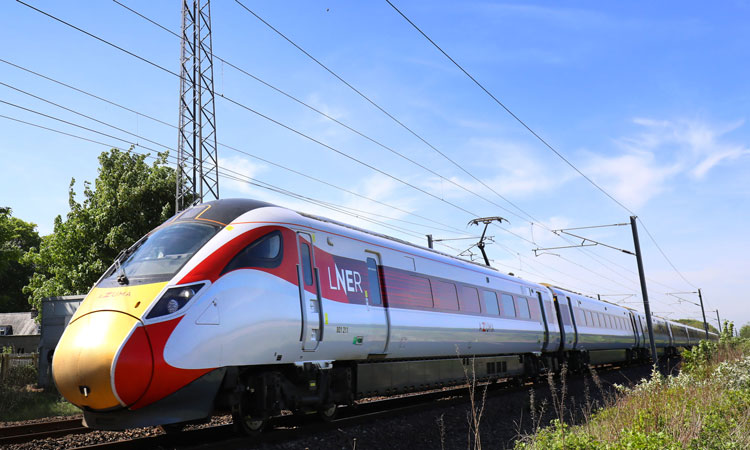A smarter, digital ticketing experience for LNER passengers
Posted: 4 March 2021 | Rebecca Dartnall | No comments yet
Rebecca Dartnall, Head of Digital Products at London North Eastern Railway (LNER), reflects on the leap that rail passengers have made in terms of technology, particularly smart ticketing, in the last year. Is now the time to take this progress further, and make smart payments an inherent part of our post-COVID-19 world?


During the past year, we have seen a significant shift in the proportion of society who are now comfortable with technology. Zoom and FaceTime are now firmly a part of daily life. Even before this was the case, we knew that, if customers didn’t have a great digital experience, they wouldn’t be satisfied. That is true for every sector, including rail, but especially highly discretionary long-distance rail.
At LNER, we are already well on our way to a digital revolution for our customers as a result of the innovative and collaborative approach that we’ve taken.
We need to ensure that we are fit for the future and ready to meet (or exceed) customer expectations. At LNER, we are already well on our way to a digital revolution for our customers as a result of the innovative and collaborative approach that we’ve taken. This will be crucial in successfully encouraging customers back to rail in the years ahead.
Smart ticketing is an area where we’ve made a lot of progress, not least moving away from paper tickets to eTickets where possible. As well as being more environmentally friendly, it is also a more convenient option for passengers than an mTicket, which requires activation before travel. In addition, eTickets also afford the industry greater access to journey-level data to understand more about our customers and their journeys.
We’ve also launched a new LNER mobile phone app with in-app eTickets, making it easier for passengers to access their tickets from one place on the go. We’re also in the process of delivering a solution to address some of the confusion caused by split ticketing, whereby people can save money by buying multiple tickets for different legs of a journey.
Using LNER’s app or website to purchase eTickets unlocks other ways for us to engage and communicate with our customers to further enhance their journey.
Using LNER’s app or website to purchase eTickets unlocks other ways for us to engage and communicate with our customers to further enhance their journey. One such benefit is the LNER Assistant – our personalised real-time messaging service to keep customers fully informed throughout their trip. Whether it’s letting our customers know which platform their train will be leaving from, personalised updates on any delays, or information to reassure customers on items such as social distancing, we can provide real-time information through push notifications to our mobile app, SMS or Facebook Messenger. In a recent customer survey, 94 per cent of customers agreed that their travel updates were accurate, well-timed and useful when using the LNER Assistant and our app.
All of this is great for direct bookers, but we’ve not forgotten about those booking elsewhere either – our innovative app lets those customers import their eTicket and other ticket types so that they can still benefit from LNER Perks, our new loyalty scheme, as well as receiving journey updates.
As a result of all of this, we’ve seen our app rating soar to 4.9*/5 making it one of the top UK rail apps. More than 80 per cent of our website ticket purchases are now eTickets, and smart tickets are available from our Travel Centres along the East Coast route.


The LNER Assistant is a personalised real-time messaging service to keep customers fully informed throughout their trip.
What does the future hold?
At LNER, we’ve been challenging ourselves on what the future holds, which has been especially relevant given the challenges faced by COVID-19. We’ve seen 10 years’ worth of change in the space of one, especially in the area of digital adoption. In early 2020, we created our digital blueprint, looking at the future of the customer journey end to end, from realisation through to post-travel, supported by our people and how their roles support the experience. This provides a strong, strategic framework focused on innovation to help to unlock future opportunities.
Some examples touching on the smart retail and ticketing world include explorations around geo-location, connectivity and biometrics, which might, in the future, enable a move away from the reliance on current forms of not just ticket issuing, but fulfilment and gating. What does seem clear is the need to move to more device-agnostic solutions, and ease of connectivity throughout the journey will be essential.
What are the barriers to smart ticketing transformation?
Key considerations for ensuring the wide adoption of smart ticketing initiatives include:
- Behavioural barriers – the need to enhance customer confidence/trust around biometrics, cashless and adjusting to change
- Physical barriers – customer (e.g. mobile battery life) and industry (e.g. expensive proofs of concept for new infrastructure)
- Differing societal needs – unbanked/offline customers and disabled customers.


Offering an innovative, digital experience for passengers is crucial in successfully encouraging customers back to rail in the years ahead.
How do we overcome these as an industry?
The industry must recognise the customer concerns as valid and make the benefits of change clear – but also be bold enough to go ahead and make changes when opportunities arise. We removed cash from onboard our trains after the first lockdown, and this has proved successful – perhaps now is the time, as we return to a different normal and when it’s safe to encourage people to travel once again, to make smart payments a more intrinsic part of that new world.
…to create real change, we need alignment and support across the industry – including suppliers and third-party retailers – so that we can all move faster together in order to continue to enhance the customer experience.
We also need to address the barriers in concrete ways. For example, our fleet of 65 Azuma trains have USB charging ports at every seat and Wi-Fi readily available. Proofs of concept must be quick and fast; and that means that suppliers need to be nimbler than in the past and prove that they can think differently too.
Whilst we focus more of our efforts on the digital experience, we are also aware that we need to maintain a level of more traditional forms of accessing tickets and our offerings to allow those passengers who need that added support to continue to travel with us. When it comes to accessibility, we need to think creatively and ensure genuine equality – or superiority – of experience. Think, for example, of one high-street bank that introduced debit cards with a notch on one side so visually impaired customers could tell which way to insert them into ATMs.
Finally, to create real change, we need alignment and support across the industry – including suppliers and third-party retailers – so that we can all move faster together in order to continue to enhance the customer experience.


Related topics
Apps, Digitalisation, Passenger Experience/Satisfaction, Real-Time Passenger Information (RTPI), Smart/Contactless Ticketing, Technology & Software








